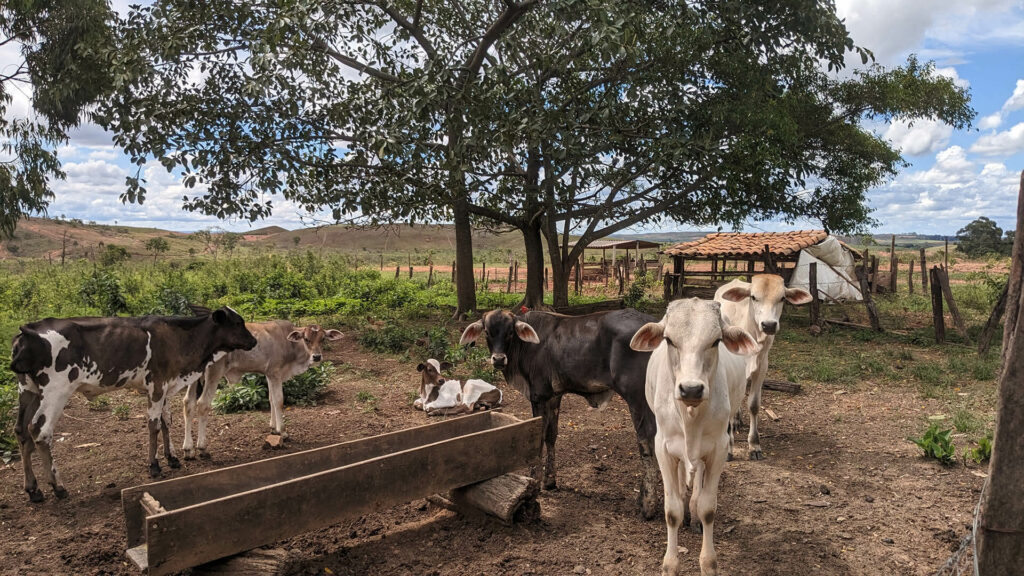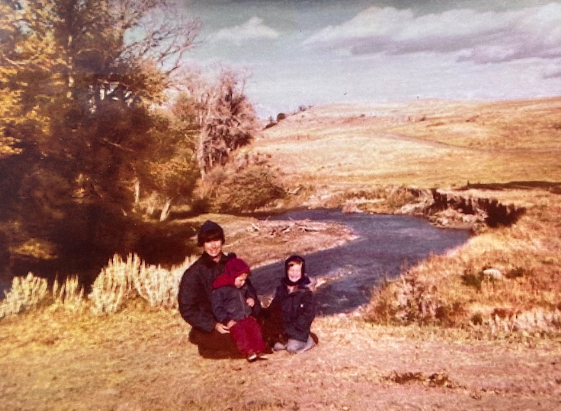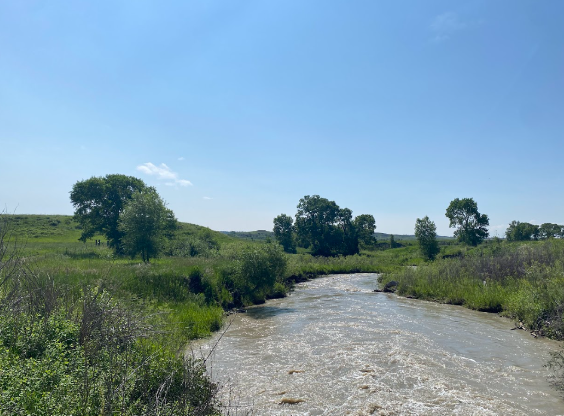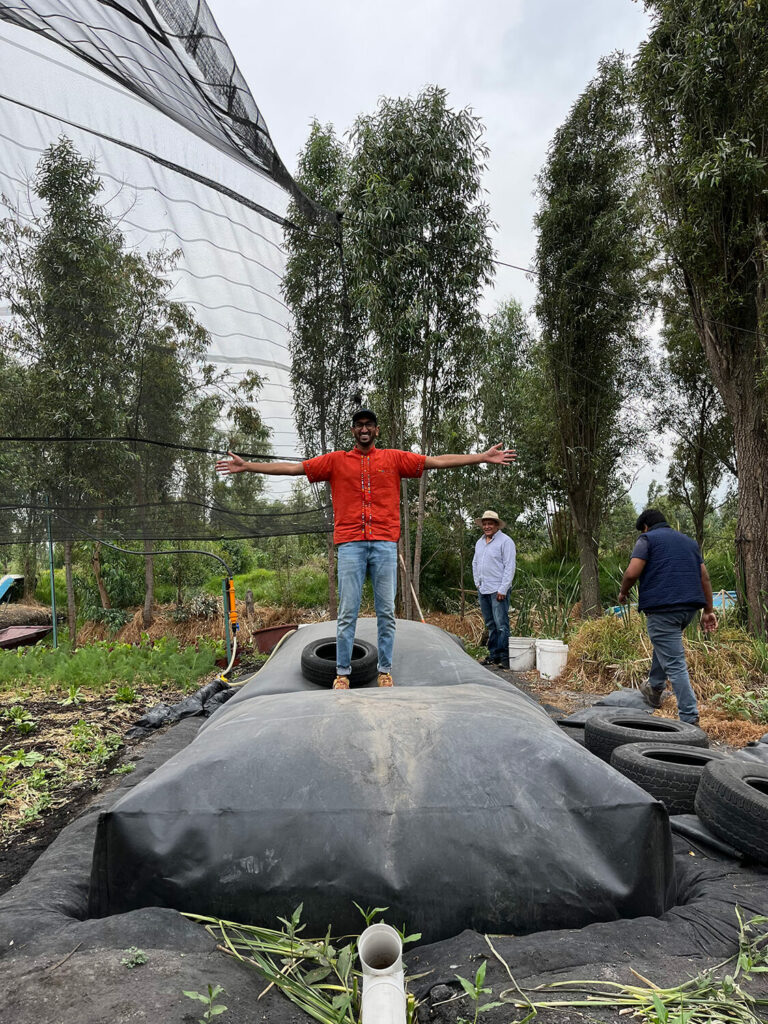Greetings from Climate Week!
At Native, we believe in taking action, finding a way, and putting our money on the line to catalyze new climate action, and we think you probably do too. In our 22nd year of business, we are committed to continuing to learn and sharing what we learn as we create lasting change with you.
From the Community
Brazil’s New Ministry of Indigenous Peoples
Since returning to office at the start of the year, Brazilian President Luiz Inacio Lula de Silva has made the environment, climate change, and the rights of indigenous communities part of his agenda. President Lula created the first-ever Ministry of Indigenous Peoples to represent Brazil’s 307 indigenous groups. He appointed Sonia Guajajara, a prominent indigenous advocate, as Minister. She is the first indigenous woman cabinet member in Brazil. The creation of the Ministry is widely viewed as an opportunity for the Indigenous People’s Movement and a step toward reforming illegal mining and logging practices that threaten the livelihoods of Indigenous communities.
In her first weeks in office, Guajajara revoked a law from the previous administration that granted space for logging on indigenous lands. Guajajara was born on the Arariboia Indigenous lands, located in the Amazon rainforest in the Maranhao state of Brazil. In an interview in 2020, Guajajara said, “I’ve spent my whole life fighting against anonymity, against indigenous peoples’ invisibility. I always wanted to find a path, a way to bring the history and way of life of the indigenous people to light for society as a whole.” Now, as the first Minister of Indigenous Peoples, she says, “There are great expectations. But there is a great willingness to exceed those expectations.”

From our Team
Restoring Montana’s Grasslands
This past June, we gathered in Montana with ranchers, companies, soil experts and local educational groups to talk about restoring Montana’s grasslands through regenerative grazing principles. Together we visited two of the original participants in a program Native launched in 2019 that pays ranchers to adopt select practices – the Blakes of Keewaydin Ranch and the Indrelands of Indreland Angus – to see these principles at work.
At the Blakes, we learned from Alex Blake and his parents about how, with additional fencing and water infrastructure, they have increased how often they move their cattle herds – from once per week to once per day on their irrigated pastures. At 6 each evening, they open up their fenceline to let their cattle into a new pasture of fresh green grass, leaving the previous days’ pasture to rest and regrow. They also showed us how they have restored the riparian zone around the creek that runs through their property. When the Blakes first bought the property in the 1970s, the cattle on the ranch had free reign around the creek, causing severe erosion.


But the Blakes were able to invest in fencing to protect the creek and keep cattle off of the area in order to revegetate this riparian zone, helping to hold the soil in place and increase plant diversity on the ranch.
At Indreland Angus, Betsy and Roger Indreland explained how they have transitioned from a conventional to a regenerative approach, now working with nature and minimizing inputs. Gathered together, we heard from the Indrelands how much they prefer working to make things grow than focusing on how to kill things. The Indrelands are proud to share the changes they’ve seen on their ranch since implementing this new approach. They see their land is much more productive; they have transitioned from requiring 21 acres per cow to 14 acres per cow. They see more birds and bees and wildlife. And they see their land responds better and faster to rainfall and is more resilient to drought. And helpfully, they also share how their operation is not perfect. When they took us out on a hayride, the first stop was a pasture where they had left calves “too long” the previous year, and they were seeing some compacted soil and bare ground as a result. Describing how they will not repeat that decision, Roger emphasized the importance of learning and adjusting as you go.
Spotlight
An Interview with Stephanie Sayed on Farming in Mexico
We recently had the chance to sit down with Stephanie Sayed, the climate change and impact lead at Sistema.bio. Sistema.bio is a partner of Native in Uganda and Mexico and an expert in on-farm infrastructure that converts waste into household fuels. We discussed Stephanie’s recent trip to the Yucatan Peninsula of Mexico, where she visited local farmers.
Stephanie, originally from Columbia, lives in Mexico City and works at Sistema.bio’s headquarters there. Stephanie found Sistema.bio via the Impact Hub when she was seeking a position with high impact and that offered her the opportunity of hands-on work. In her role today, that means helping thousands of farmers obtain biodigesters that will provide fuel and fertilizer while managing manure from livestock. In doing this work, Stephanie speaks about the importance of data, which she sees as essential in enabling Sistema.bio to clearly see the results that new infrastructure brings to small farms – from income and productivity to health and climate. That means Stephanie works closely with teams in the field collecting data from Sistema.bio’s work on farms. She also helps oversee Sistema.bio’s Academy, knowledge building with the team’s field agents on topics like data collection, data quality, and a mindset that values both.

Leaving Mexico City and the mountains that surround it, Stephanie journeyed up the Yucatán Peninsula to meet with several farmers on their lands. Farms in Yucatán which Stephanie visited comprise a house with several connected farms, fruit trees, crops such as maize, beans, squash, sweet potatoes, and cassava, as well as livestock – typically pigs or dairy cattle. Crops are planted, tended, and harvested to feed the farm families themselves, or for sale or trade at local markets. Livestock, often five to ten animals, are also tended and provide food for the families or are taken to market.
Stephanie spent much of her visit in conversation with the women who care for the livestock and, among other things, cook the meals. Because Stephanie’s work is to support farm families who are looking to acquire biodigesters, her visit took a close look at these two seemingly unrelated aspects of farm life: livestock management and cooking.
When it comes to livestock, the families Stephanie visited collect manure in pits, often alongside a shed that provides the animals with shelter. As rainwater runs into these pits, the manure breaks down, emitting methane gas (a powerful greenhouse gas) in the process. But capturing this gas, and having that breakdown occur within a biodigester, enables the family to use the gas as fuel on the farm, but also importantly, in cooking.
To cook, families in the region purchase or collect wood, and cook over wood fires in the home. The smoke from these fires creates indoor air pollution which causes illness and death, of children in particular. Some families also purchase liquid petroleum gas for gas stove cooking. In Stephanie’s work, the biodigester units replace either of these fuel sources.
In her conversations with the women she visited, Stephanie heard how much time is invested gathering wood from the surrounding landscape for cooking, an investment she hopes can be placed elsewhere in the future. She also spoke with women already using biodigesters. They described how the systems alleviate the mess and smell of the manure (for biodigestion manure is collected into enclosed sacks, replacing open pits), and how the residue that remains (after the gas is collected for burning) provides a valuable fertilizer they use in their gardens and on their crops.
Learning how well the biodigesters are working for the farmers is important. As Stephanie explained, Sistema.bio must learn in detail about each farm and each family, in order to match them with a biodigester. “A farmer may have ten cows but only cook for themselves, so we are assessing what size of system they need. It is a highly personalized process to understand the needs of the farmer,” she says.
Stephanie pointed out that although these systems are simple, they can contribute to reductions in methane emissions and deforestation, and their impact on the livelihood of farmers who have access to them is often profound.
As always, we’d love your feedback on what you like, don’t like, or want to see more of in this newsletter. Reach out to us with your feedback, thoughts, and ideas for spotlights!

